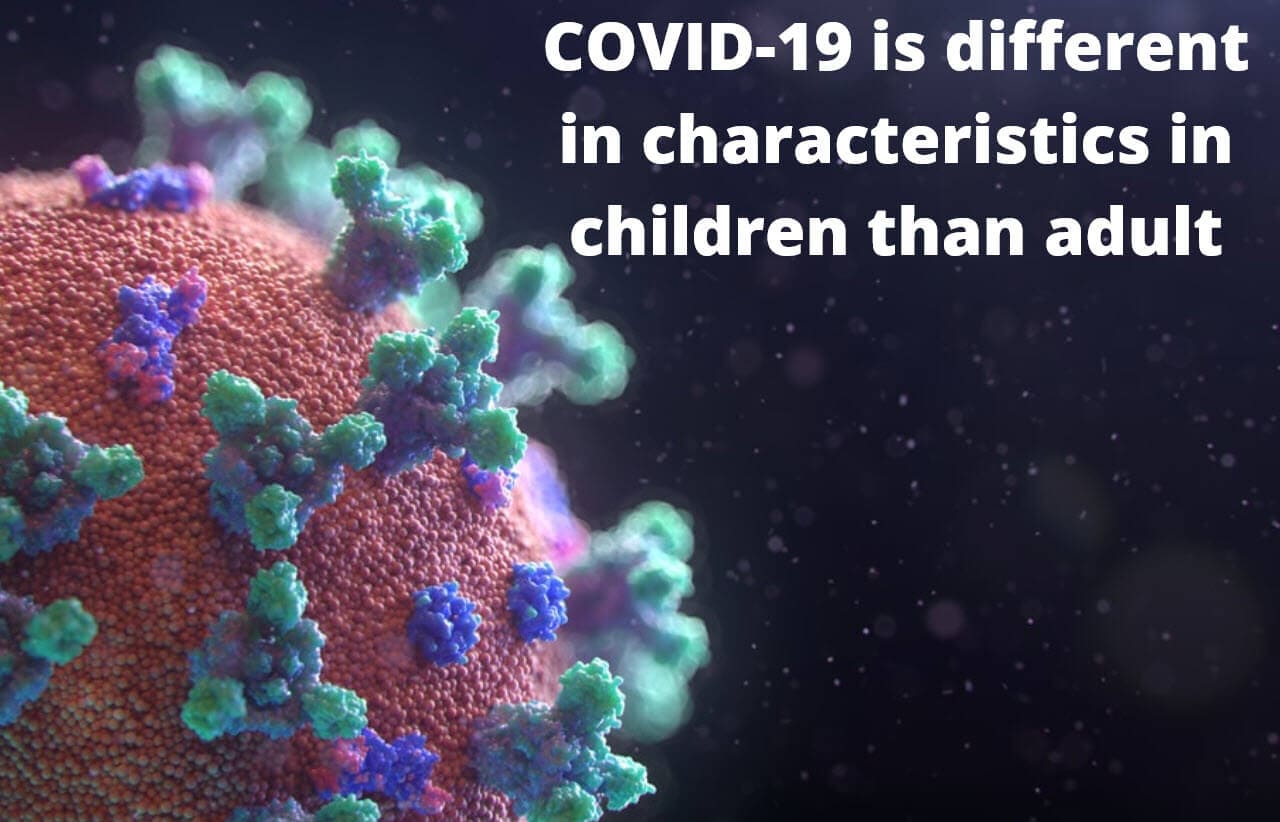
In the early days of a COVID‐19 infection outbreak, pediatric patients were rather rare, who were thought to be not susceptible to it. However, along with the emerging of familial aggregation, children suffered from COVID‐19 infection were gradually appeared. It is reported by researchers that Clinical and CT (computed tomography) features in pediatric patients with COVID‐19 infection are different than adults. The study was conducted by Dr. Jianbo Shao, MD, Department of Imaging Center, Wuhan Children's Hospital and team. And it is published in Pediatric Pulmonology on 5th March, 2020.
Since December 2019, the infection caused by 2019 novel coronavirus (COVID‐19) was first discovered in Wuhan, Hubei Province, China. The virus is considered to be transmitted by respiratory droplets and contact.
The study was conducted in 20 patients at Wuhan. The clinical manifestations of children patients are similar to those of adults, such as fever and cough. A few children have diarrhea and runny nose, but the overall symptoms are relatively mild. But neonates with positive COVID‐19 RNA detection test shown no lesion in chest CT. Remarkably, 7 of 20 patients had a previous history of congenital or acquired diseases, which may indicate that children with underlying diseases may be more susceptible to COVID‐19 infection.
Procalcitonin (PCT) was elevated in 80% cases in this study, no matter coinfection existed or not, which is not common in adult patients. PCT is a marker for bacterial infection which could be induced by bacteriotoxin. It may suggest that routine antibacterial treatment should be considered in pediatric patients, as the coinfection was common.
Wei Xia and Jianbo Shao reported that, “In most cases of this study, abnormal laboratory results may prompt clinicians to further screen the nucleic acid detection of COVID‐19 virus. In a clinical setting, pharyngeal swab COVID‐19 virus nucleic acid detection is an important basis for diagnosis. However, due to the limitation of sampling materials, especially in the early stage of the disease, the positive rate is relatively low. Therefore, early diagnosis is of great significance for further rational management and clinical treatment of children.
They further reported that, “Moreover, since most of the pediatric patients are mild cases, plain chest X‐ray often fails to show the lesions or the detailed features, leading to misdiagnosis or missed diagnosis. Therefore, early chest CT examination is very necessary. In some pediatric patients with a negative nucleic acid of COVID‐19 virus, we managed them as suspected patients according to the typical lesions shown on chest CT, which could provide evidence not only for early treatment to the children but also for effectively isolating the source of infection.”
COVID‐19 virus pneumonia in children is mainly mild, and chest CT can present characteristic changes of subpleural ground‐glass opacities and consolidations with surrounding halo, which is an effective means for follow up and evaluating the changes of lung lesions. In the case that the positive rate of COVID‐19 nucleic acid test from pharyngeal swab samples is not high, the early detection of lesions by CT is conducive to reasonable management and early treatment for pediatric patients. However, the diagnosis of COVID‐19 pneumonia by CT imaging alone is not sufficient enough, especially in the case of coinfection with other pathogens. Therefore, early chest CT screening and timely follow‐up, combined with corresponding pathogen detection, is a feasible clinical protocol in children
REFERENCE : Wei Xia, Jianbo Shao et al Clinical and CT features in pediatric patients with COVID‐19 infection: Different points from adults doi.org/10.1002/ppul.24718

.gif)








